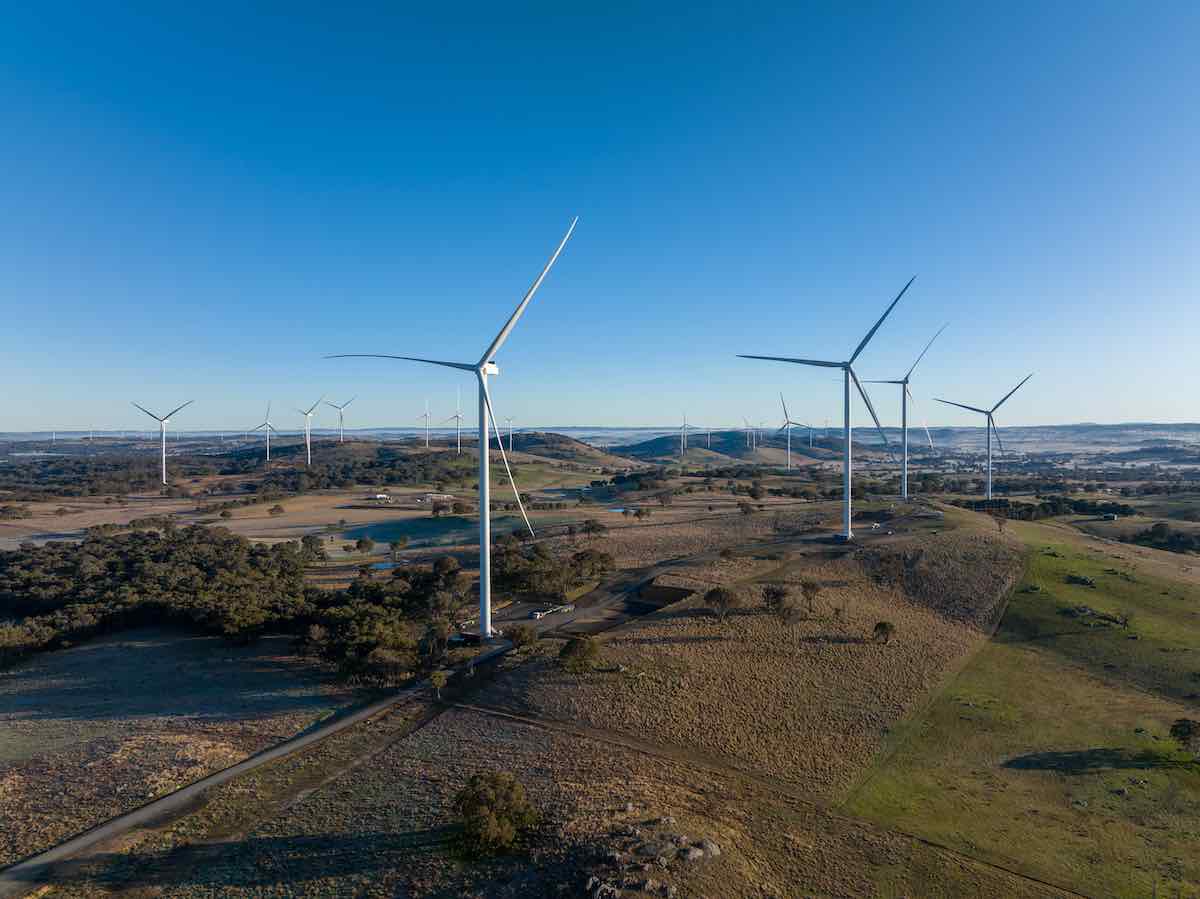Federal environment minister Tanya Plibersek has approved one solar and battery project in NSW, but has delayed by a month a decision on a wind farm in the same state.
The 450 megawatt (MW) Goulburn River solar farm with its massive eight-hour battery in the Upper Hunter won its federal green tick, six weeks after winning state planning approval.
But the 192 MW Thunderbolt energy hub wind farm – just to the north of anti-wind campaigner MP Barnaby Joyce’s stomping ground of Tamworth – is still waiting.

French renewable energy giant Neoen is developing the $373 million, 32 turbine wind farm in New England but faced strong opposition from the local community.
It won state planning approval in May but was automatically referred to the Independent Planning Commission (IPC) after attracting more than 50 objections, covering visual amenity, the impact on roads, water use, and the impact on native vegetation and local fauna such as koala habitat and the Bell’s turtle.
The IPC approved the project with conditions including limiting the tip height to 260m and providing vegetation screening for all households within 5.1 kilometres.
The project may also include in future a big battery and a solar farm. Neoen actually launched both the wind and the solar stages into the NSW planning process in 2020, but abandoned the solar stage in 2022, citing uncertainty caused by falling prices for utility scale solar power as rooftop generators continued to eat into demand during the day.
Big tick for solar farm inside NSW national park
But where the EPBC process delays, it also gives, approving the Goulburn River solar farm being developed by Lightsource bp.
But the approval comes with conditions.
These include not clearing more than a set number of hectares of Box Gum woodland and areas with habitats for the critically endangered Regent Honeyeater and the Painted Honeyeater, which is listed as threatened.
However, with much of the site considered “degraded” due to long-term stock grazing, developer Lightsource will need to buy biodiversity offsets for just 192.5 hectares (ha) of the total 791 ha that will be cleared.
The site itself is surrounded by the Goulburn River National Park. Lightsource will turn 1200 ha of the site over to a Biodiversity Stewardship Agreement, as part mitigation for that habitat loss.
The Goulburn River solar project entered the NSW and federal pipelines for approval in 2021, with a 520 MW solar development covering 1249 ha. It secured state approvals in August.
The associated then-two hour battery energy storage system (BESS) was intended to be 260 MW, but changes along the way included vision of a 2,000 MWh BESS.
Those figures were whittled down to the approved 450 MW and approval for a 49 MW / 392 MWh BESS on the site near Merriwa. It is one of three eight-hour BESS projects underwritten by the NSW government to replace the state’s retiring coal fired power plants.
The now-$880 million project, up from $700 million, is set to start being built this year and be operational in 2027.
Plibersek in a statement the EPBC process has seen 63 renewable energy projects ticked off in two years.
“That’s enough energy to power every home in New South Wales, Victoria, South Australia, the Northern Territory and Tasmania,” she said.








